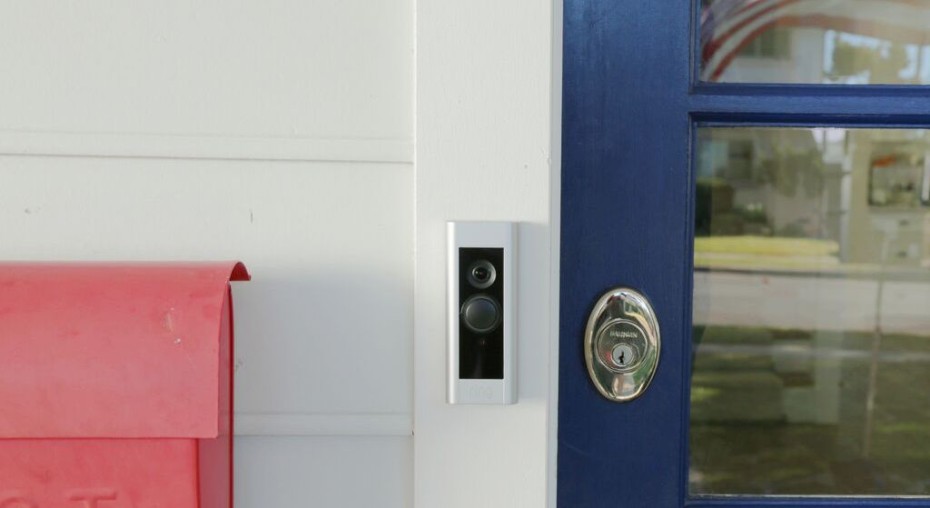
Internet of random things: Fridges, doorbells, beds, and ovens are your connected future. Right?
By Paul Sawers for VentureBeat.com
The year 2016 could go down in history as the year the Internet of Things (IoT)really came to fruition.
Yesterday, San Francisco-based June announced a fresh $22.5 million funding round, taking its total money raised to the $30 million mark to help bring its smart oven to market. The June oven isn’t like any ordinary oven — this one sports a camera inside that uses deep learning techniques to figure out what you’re preparing, then sets the appropriate temperature to ensure your meal is adequately cooked. The news comes two weeks after newcomer and Y Combinator-backed Tovala launched a Kickstarter for its smart oven, a campaign that’s currently sitting at more than 200 percent of its target funding.

Elsewhere in the Internet of rings, I mean “things,” smart doorbell startup Ring raised a $61.2 million round last week, taking its total funding since 2011 to around the $100 million mark. The basic premise behind the video doorbell technology is this: When someone rings your doorbell and you’re not at home, Ring calls your phone so you can see who’s at the door and talk directly to them. It’s designed so you can converse with visitors while you’re away from home or upstairs, while also deterring would-be thieves from “checking if you’re home.” You can even specify motion zones to alert you to visitors before they ring the bell.

Above: Ring: Configurable motion-detection zones
Meanwhile, a new smart bed manufacturer called Balluga turned to Kickstarter this week to raise at least $50,000, and a mere two days into the campaign it looks well on track to meet its goal.
And let’s not forget about Samsung’s famous Internet-connected smart fridgeunveiled at CES this year, replete with a 21.5-inch high-definition screen that lets you browse the Internet, while a camera inside tells your smartphone if you’ve run out of milk.

Above: Samsung Smart Fridge
It doesn’t stop there, either. Last month, Volvo announced plans to launch the first truly keyless cars, which can be controlled with a smartphone; Microsoft, Intel, Samsung, and other tech giants launched an IoT standards group; Nokia opened a mammoth new fund to support IoT projects; and Google-owned Nest is going all-in on the smart home of the future with family accounts.
Ubiquitous computing and the Internet of Things is hardly a new concept, of course — we’ve seen Wi-Fi-enabled fridges before, Ring’s video doorbells have been out for a number of years already, and Google paid north of $3 billion for Nest in 2014 for a reason. But things seem different this year — the IoT onslaught is gaining momentum, venture capitalists are betting big, and the way things are going this time next year your new sofa will come branded “INTEL INSIDE.”
But is this a good thing?
This all reminds me of last year’s trend — smartwatches. Timepieces that do more than tell you the time were the hottest thing of 2015; every company and their grandma jumped on the bandwagon and launched one. But oftentimes, it felt like companies were trying to will them into the mainstream with features that people simply would never want — Instagram was one of the first apps on Apple Watch, while Microsoft also rolled out a new feature that would let you view photos on your Android Wear device. Except nobody wants to view photos on their wrists. Just because you can do something doesn’t mean you should.
Fast forward to 2016, and we seem to be seeing the same thing. Now, I’m not for one second suggesting there is no substance to the connected home, or there isn’t a market for smart appliances — Ring’s video doorbell technology could prove useful for many people, while lazy or nervous people will appreciate a smart oven. But at times, the IoT contraptions that hit the market feel more like a show of technology than a genuine effort to capture a mass market audience.
Put another way: Just because you can put a chip in something doesn’t mean you should.
Image Credit: Ring
The article first appeared in Venturebeat.com





